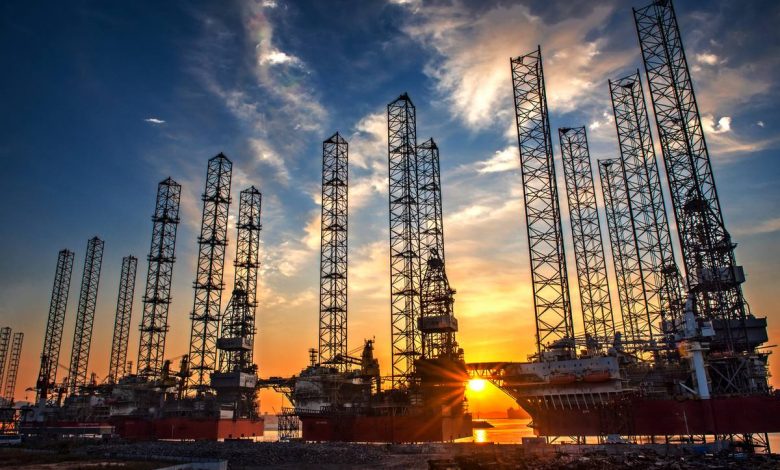Tight market puts 15-year rig deals on the table

According to energy market research and consultancy firm Westwood, a marked lengthening of new contract award durations, as well as for new tender opportunities, are becoming a trend as offshore drilling rig utilisation increases and availability continues to tighten.
Over the last decade, new rig deal durations peaked in 2013 for jack-ups and in 2014 for semi-submersibles and drillships. Analysis done by Westwood shows that the length of such deals dwindled during the prolonged downturn and eventually reached the trough in 2018 for floaters and 2019 for jack-ups but has picked up steam again since the global rig market recovery got underway in 2021.
On average, awarded jack-up contract durations have increased 36% compared with 2021, while drillships have increased 41%, and semisubs a whopping 117%.
The areas driving these increases over the past year are quite varied according to rig type. Drillships have an average global duration of 569 days in 2023 year-to-date, driven by South America (698 days), Mexico (1,080 days), the Mediterranean (500 days), India (451 days), and West Africa (517 days).
Meanwhile, semisubs are currently sitting at a global average contract duration of 384 days, and those areas driving demand are South America (414 days), Mexico (953 days), the North Sea (369 days), the Far East (627 days), and Australia (309 days).
According to Westwood, jack-up demand is coming from quite different areas to that of deepwater rigs, and mostly where there is a strong NOC presence. The average global contract duration so far this year is 661 days, and the biggest areas of demand come from the Persian Gulf (1,165 days), followed by India (840 days), the Far East (528 days), and Mexico (457 days).
Since 2022, awards with the longest contract duration have been for jack-ups in the Middle East. Notably ADNOC Offshore awarded six deals last year, all for 15 years a piece. The company also awarded five deals in June this year for 10 years apiece.
Semisub and drillship deals have so far been fixed at up to five years in duration, most recently for the Deepsea Stavanger and the 7th-generation drillship Stena Evolution.
Westwood believes that further lengthening in average rig deals will be seen over the coming year. Currently, there are already 10-year tenders out in the market for a pair of drillships required for campaigns beginning in early 2025, which is unsurprising considering marketed utilisation of sixth to eighth-generation assets is already at 97%.
The company also expects to see further long-term deals secured for semisubs, especially within the sixth-generation harsh environment segment, where marketed utilisation is now at 100% and there is very limited availability – free of options – until the second half of 2024.
In terms of jack-ups, where global utilisation is now sitting at 92% and around 95% for premium, high-specification assets, Westwood anticipates further long-term contracting activity to continue with durations set to go up to five years with the possibility of new requirements to come that will outstrip this.
Contract lead times – the duration between a rig contract being awarded and the deal beginning – also begin to stretch when rig availability becomes sparse. These reached their highest in 2013 when it was common for deals to be fixed at least a year in advance of a campaign beginning. Compared with the 10-year average lead time, 2023 is performing almost 9% higher, but has year-to-date made no improvement on 2022’s figure, with both recording an average lead time of 237 days. However, this number is still the longest recorded since the downturn hit in 2014 which saw a 248-day lead time average.
Westwood predicts that as contract duration and utilisation continue to increase, coupled with decreasing availability and dayrates heading further north, lead times will lengthen as operators become more concerned with securing the right assets for their upcoming campaigns.
